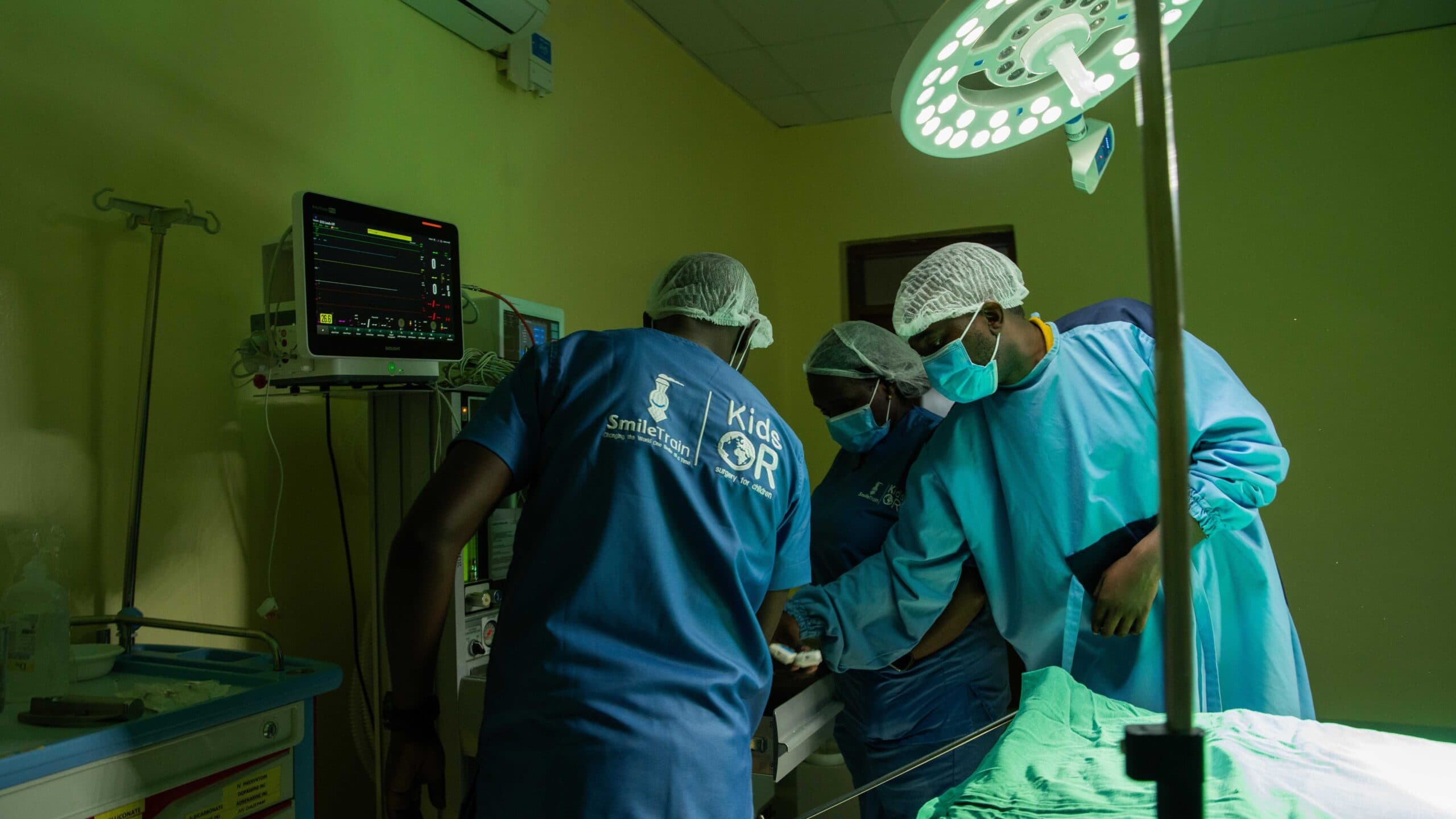We're loading the full news article for you. This includes the article content, images, author information, and related articles.
Frequent power outages have long jeopardised critical medical procedures and vaccine storage in Kenya. Solar energy is now providing a reliable, cost-effective, and sustainable solution, transforming healthcare delivery across the nation.

In Kenya, where consistent electricity supply remains a significant challenge, particularly outside major urban centres, solar energy is emerging as a critical lifeline for healthcare facilities. Power outages, which can last for several hours, pose severe risks, interrupting vital surgical procedures, compromising vaccine cold chains, and increasing operational costs for hospitals reliant on expensive diesel generators.
A May 2025 survey of 21 hospitals across Africa highlighted the transformative impact of solar-powered operating rooms. The 'Solar Surgery System Feedback Survey' revealed that 93% of hospitals reported fewer power-related interruptions, and 68% confirmed a direct increase in surgical safety. Furthermore, an overwhelming 92% stated that solar operating rooms significantly advanced their sustainability and Environmental, Social, and Governance (ESG) goals.
The adoption of solar power directly translates to improved patient outcomes. For instance, at Kilifi County Referral Hospital, the installation of a solar hybrid system in 2024 has ensured uninterrupted power for critical equipment like ventilators and diagnostic machines, which previously failed during outages.
Beyond surgical safety, solar energy addresses the crucial need for reliable cold storage for vaccines and medicines. Even brief power interruptions can spoil temperature-sensitive supplies, undermining public health initiatives. Solar-powered refrigeration has significantly improved immunisation programmes in areas like Turkana County, leading to a 20% rise in vaccination rates, according to the Ministry of Health in 2024.
Hospitals are also experiencing substantial cost savings. Electricity bills constitute a major expense for healthcare facilities, especially those operating 24/7. Nyeri Provincial General Hospital, after adopting a 50kW solar system, has saved over KSh 3 million annually on electricity, allowing them to employ additional medical staff and enhance maternity ward facilities. Similarly, Makueni County Referral Hospital anticipates annual savings of KSh 7 million from its solar project, with the investment expected to be recovered within four years.
Kenya's commitment to clean energy is evident in its national programs aimed at solarising public hospitals. The Ministry of Energy and the Ministry of Health, with support from development agencies, are leading initiatives to build long-term energy resilience.
One of the most influential programs is the Kenya Off-Grid Solar Access Project (KOSAP), jointly funded by the Government of Kenya and the World Bank. KOSAP targets underserved counties, earmarking nearly 800 health facilities for electrification using solar photovoltaic systems and battery storage. This initiative not only provides clean energy but also includes training for local technicians to ensure the long-term sustainability of the installations.
Several counties have also launched their own solar health programs. Makueni County, for example, adopted an Energy Plan in September 2024, which includes installing a new solar PV system at its largest rural health facility, projected to meet 30-33% of its electricity needs and save the county government up to KSh 7 million annually.
Despite the clear benefits, challenges remain in widespread solar adoption. While the cost of solar panels has significantly decreased over the past decade, the initial upfront investment, particularly for battery storage, can still be substantial. However, innovative financing models, including blended capital from development banks, performance-based grants, and county government co-financing, are helping to de-risk these investments.
Kenya aims for universal solar electrification for public health facilities by 2030. This ambitious goal is supported by ongoing efforts to identify priority sites for installations and integrate smart meters, remote diagnostics, and cloud-based performance tracking into future solar systems. The transition to solar is not merely an environmental choice but a strategic imperative for a resilient and equitable healthcare system in Kenya.
The coming years will see continued efforts to scale solar adoption in Kenyan healthcare. Key areas to watch include the expansion of national solarisation programs like KOSAP, the development of more accessible financing mechanisms for hospitals, and advancements in battery storage technology to ensure 24/7 power availability. The integration of solar solutions with digital health infrastructure will also be crucial for a smarter, more efficient healthcare future.
Keep the conversation in one place—threads here stay linked to the story and in the forums.
Other hot threads
E-sports and Gaming Community in Kenya
Active 6 months ago
Popular Recreational Activities Across Counties
Active 6 months ago
The Role of Technology in Modern Agriculture (AgriTech)
Active 6 months ago
Investing in Youth Sports Development Programs
Active 6 months ago